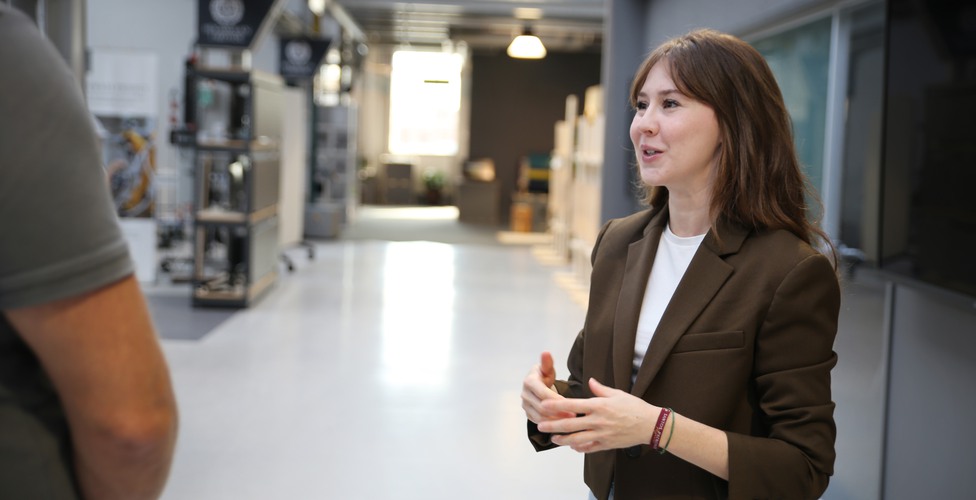Estela Perez Luque
School of Engineering Science
Estela Pérez Luque will defend her PhD thesis "Human Posture and Motion Prediction for Automotive Ergonomics Design - Enhancing Functionality and Accuracy in Digital Human Modelling Tools" on October 10th. The PhD thesis defence will be held at ASSAR Industrial Innovation Arena and will also be streamed online.

Estela Pérez Luque will defend her PhD thesis at ASSAR Industrial Innovation Arena on October 10.
Join the livestream: https://s3m.io/gTFvd
Product development (PD) increasingly relies on digital tools to support the process of exploring, generating, and evaluating product design proposals. Ergonomics plays a critical role in ensuring that product designs align with human capabilities and needs. Digital human modelling (DHM) tools can simulate human-product interactions and assess ergonomics virtually, before physical prototypes exist. In vehicle design, DHM tools are frequently applied in occupant packaging activities, supporting the design of vehicle interiors that accommodate a diverse user population. Still, although commonly used in industry, DHM tools have various limitations. One challenge is their limited ability to predict human postures and motions with sufficient accuracy. This inaccuracy is the result of current simulation procedures and the prediction models used. To compensate for this, DHM tool users often require significant manual adjustments to produce realistic postures, making the process time-consuming, subjective, and difficult to reproduce. Moreover, the simulation procedures themselves can be complex and inefficient, reducing their accessibility and usefulness in iterative design work. These limitations often lead to costly and time-consuming validation activities involving real users.
This thesis addresses these challenges by developing and evaluating methods and models to enhance the functionality and accuracy of posture and motion predictions in DHM tools. The main contributions are: (1) identifying current practices and challenges in industry when applying DHM tools for ergonomics in PD, (2) developing methods that increase the functionality of DHM tools through improved simulations methods, and (3) developing and evaluating posture and motion prediction models that support more reliable and efficient virtual ergonomics assessments. Collectively, the findings support a more proactive, systematic, and human-centred approach to ergonomics in PD processes.